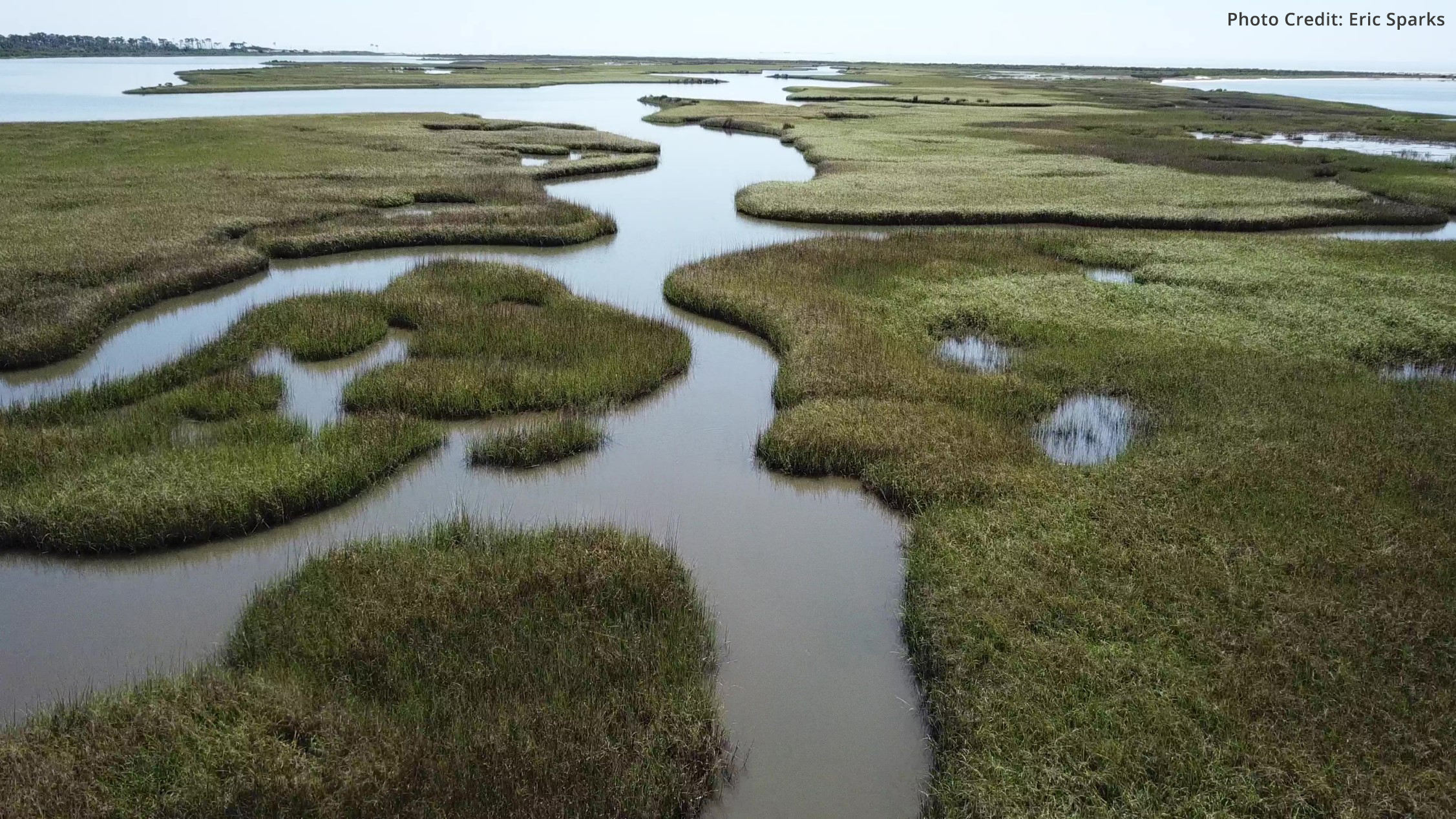States / Mississippi
Mississippi
Coastal Management
The focus is on managing coastal areas to increase resilience, with an emphasis on balancing environmental, economic, and human wellbeing. Mandated by the Coastal Zone Management Act, the two federal programs designed for this task are the National Coastal Zone Management Program and the National Estuarine Research Reserve System. Programs are administered, on the federal side, by NOAA’s Office for Coastal Management, in partnership with the coastal states.

State Programs
Coastal Zone Management
Mississippi Coastal Program. Established in 1980, the Mississippi Coastal Program consists of a network of agencies with authority in the coastal zone. The Department of Marine Resources, through the Office of Coastal Ecology, serves as the lead agency. The primary authority guiding the coastal management program is the Coastal Wetlands Protection Act. The Mississippi coastal zone includes the three coastal counties, as well as all adjacent coastal waters and the barrier islands of the coast.
National Estuarine Research Reserves
Grand Bay National Estuarine Research Reserve. Designated in 1999 and protecting 18,049 acres, this reserve represents one of the most biologically productive ecosystems in the northern Gulf of America. The habitat here supports rare and endangered plant and animal species, important marine fisheries, and archeological sites. The site encompasses black needle rush marshes, maritime pine forests, pine savanna, salt pannes and pools, and pitcher plant bogs. Many species of carnivorous plants and orchids are present in the higher savanna habitats. (See handout)
Impact Stories
Stories that showcase the recent work of this state's coastal management efforts.
- Research Reserves Deliver Dependable Data for Our Changing Coasts
- Assisting Gulf Coast Community-based Organizations Planning for Coastal Resilience
- Designing Renaturalization of Historic Streams in Moss Point, Mississippi
- Creating a Multi-Beneficial Stormwater Park Using Nature-Based Solutions
- NOAA Gulf Coast Resilience Grants Go Far
- Wade into Estuary Recreation at a Research Reserve
- Blue Carbon Enterprises Lessen Climate Change Damage
Additional Resources
*Fast Fact Sources:
People: American Community Survey Five-Year Estimates
Beaches and Estuaries: Shoreline Mileage of the United States
Employment and Economy:
Marine Economy for the Coastal U.S. States
Marine Economy for the U.S. Territories